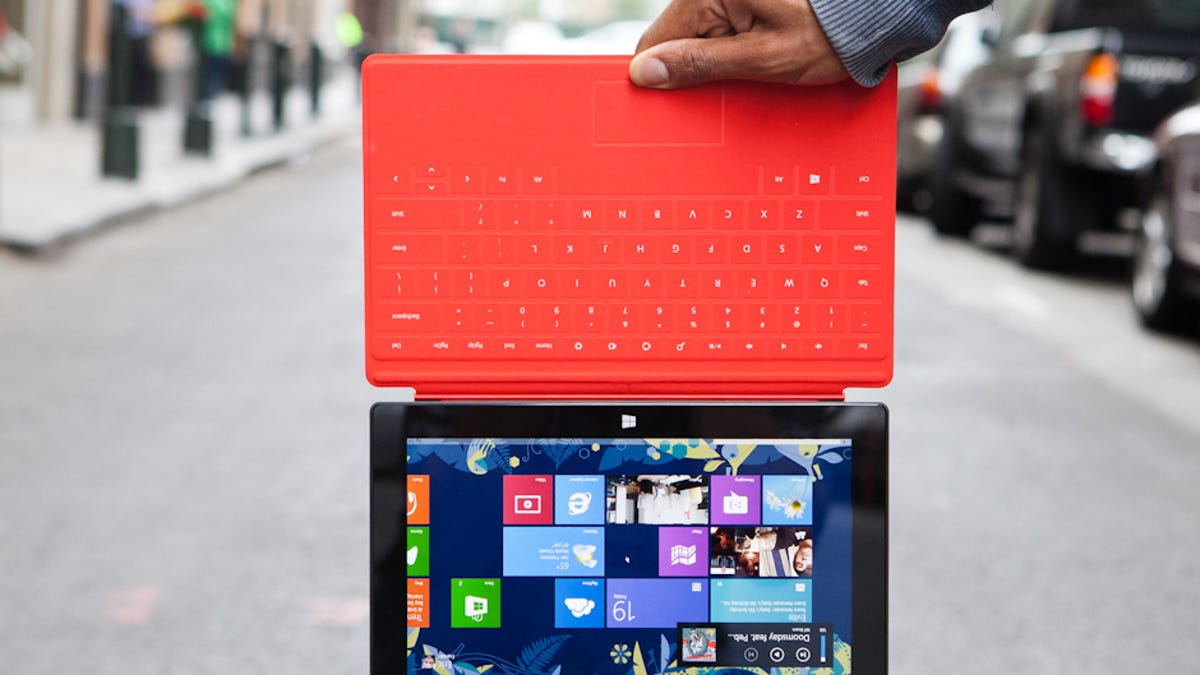Microsoft Surface and the school of hard(ware) knocks
<b>commentary</b> Microsoft's latest device flop has more to do with Windows than with hardware engineering. Welcome to the PC business.

It takes more than putting some electronics in a box to be a premiere hardware company.
And in some ways, Microsoft was already more of a devices company than Google proper (excluding Motorola) prior to shipping the Surface tablet or before Google even existed. Its first mouse, released 30 years ago, paved the way for a strong PC accessories business that gained wide distribution. And Microsoft has moved to expand its own store presence to compete with Apple.
But with the exception of the Xbox game console, many of Microsoft's moves into device categories have flopped. There was the USB speaker set, the floppy drive-based TV photo viewer and even a cordless phone. And more recently, we saw the prolonged Zune, the ephemeral Kin and that niche-iest of devices, the original table-based Surface (that's right: table, not tablet) now shucked off to Samsung.
Many of Microsoft's failed hardware products represented experimental forays into new businesses that were easy to abandon. But with tablets attacking the market for other mobile computing form factors, Surface is a far more strategic effort. As with the Zune music player, Microsoft appears ready to go in for at least a second round on Surface. Indeed, while both of the existing Surfaces had their drawbacks, neither was terrible, at least from a hardware perspective.
Rather, the main challenge has been contending with the poor reception for Windows 8 and Windows RT. When the Surface tablets were announced, many expressed concern that they would grab too large a slice of the PC pie; Microsoft countered that Surface would enlarge that pie. But the reality was that both Surface and other Windows 8/RT devices were consuming (and consumed by) a pie that is becoming a personal-sized portion of its former self.
Longtime Windows PC partners can take some comfort in that the Surface tablets have at least brought a level of humility to the software giant when it comes to using its own operating systems. Microsoft has had a history of pointing the finger at its hardware partners for their failure to exploit Windows technologies and go head-to-head with Apple. Now the company has found out that it's not so easy.
As Microsoft sought to orient its massive customer base to its new touch-first interface and the idea that a device could be both a tablet and a PC, the first generation of Surface and its Windows-based competitors were loaded with sacrificial RAM -- necessary but alien proofs of concept.
Microsoft's self-imposed mandate to transform itself from a software company to a devices-and-services company ("Microdevserv"?) comes with a unique set of challenges. When compared to the operating systems and applications for which the company is well-known, services are highly dynamic. Changes are made in the cloud, and all users take advantage of them almost immediately.
Hardware, on the other hand, is very difficult to change once it ships. One can add accessories and update firmware after the fact. But atoms are stubbornly immutable -- and there is always the following batch of them to command attention. My next column will discuss what Microsoft should hold onto and what it should change in its next attempt to make gains in the tablet market.

